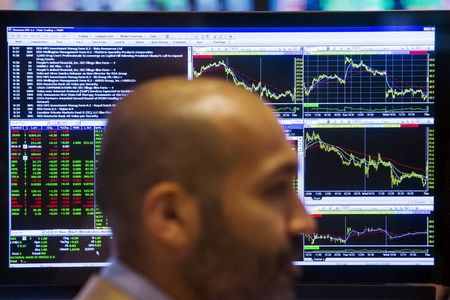Follow us on LinkedIn
The dividend yield is a financial ratio that represents the annual dividends paid to shareholders against a stock in relation to its current market price. In simpler words, the dividend yield measures a company’s dividends as a percentage of its stocks’ current market price.
The dividend yield is a useful formula for investors and shareholders to determine how much dividends they can expect in the future. As the ratio is different for various industries and companies, it plays a critical part in the decision-making process of investors and shareholders. Usually, stable or mature companies will have better dividend yields as compared to startups.
Dividend yield formula
The formula for dividend yield is straightforward. Investors can use the formula below to calculate it.
Dividend yield = Annual dividends per share / Market value per share
In the above formula, the annual dividends per share represent the total dividends paid out by the company divided by its number of outstanding shares. Similarly, the market value per share represents the share price of the company at the time of evaluation.
Example
A company, Banana Co. paid total dividends of $10,000 in its last accounting period. Its total outstanding number of shares at the time was 5,000 shares. The current market price of Banana Co.’s share in the stock market is $100. Therefore, its dividend yield will be.
Dividend yield = Annual dividends per share / Market value per share
Dividend yield = ($10,000 / 5,000) / $100
Dividend yield = 0.02 or 2%
Meaning of dividend yield
The dividend yield, as stated above, shows the percentage of the market value of a share paid in dividends. Therefore, the higher the dividend yield of a stock is, the better it is. For example, a company that has a dividend yield of 10% is preferable to investors as compared to companies that pay below that. However, it does not only stop there.
Some companies may have fluctuations in their dividend yields over time. Usually, if a company’s dividend yields increase each year, it means the company has been growing. However, it may also imply that the company’s share prices are dropping in the market. Similarly, declining dividend yields also do not mean decreasing dividends. Therefore, investors need to be aware of the causes behind the fluctuations.
Importance of dividend yield
The dividend yield is a vital ratio for dividend investors. Investors that rely on steady dividends may base their investing decisions on the dividends paid by the company. Therefore, the dividend yield is critical in their decision-making process. For growth investors, however, dividend yield may not be as important.
Limitations of dividend yield
The dividend yield, as a financial metric, may have some limitations. As mentioned above, while higher dividend yields are preferable, they are not necessarily an indicator of higher dividends. Similarly, the dividend yield may not be an indicator of a better performance of the company. Usually, paying high dividends means the company is not investing in future activities, which can worsen the future prospects of investments.
Conclusion
The dividend yield is a metric used to calculate the percentage of dividends of a company over its current market price. Usually, investors prefer a higher dividend yield stock. However, there may be some other issues they must consider as well.
Further questions
What's your question? Ask it in the discussion forum
Have an answer to the questions below? Post it here or in the forum




